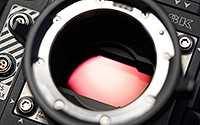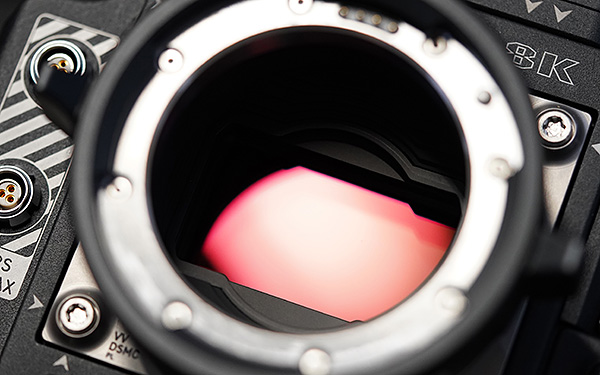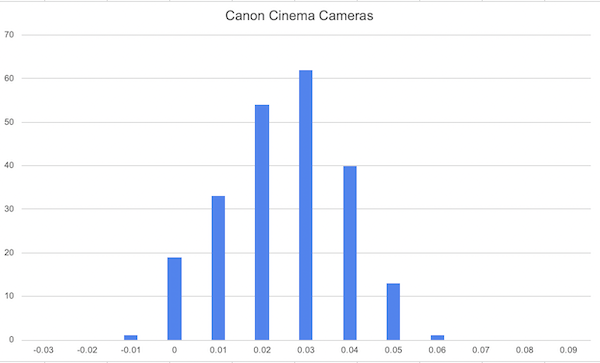Confounded by focus? Lensrentals tests over 2,500 cinema cameras for flange distance variations
posted Wednesday, June 3, 2020 at 10:30 AM EST

What do you do when you're a photo and video gear rental house with thousands upon thousands of pieces of equipment, and then suddenly a global pandemic hits? Well, people stop renting gear, and you begin to see your warehouse shelves filling up with equipment. Fortunately, the folks over at Lensrentals have been able to keep the lights on, and keep their employees paid, during this time. However, as you can imagine, without rental gear flowing in and out of their doors, the typical day-to-day work for their technicians has been much less frequent.
One of Lensrentals' most notable strengths is their history of thoroughly testing, inspecting and calibrating all of their gear, and as such, they notice various trends and characteristics among different types of photo and video equipment. As described in a recent blog post by Lensrentals founder Roger Cicala, one area that they began to notice more variation than expected was the flange-to-sensor distance of cameras, and in particular, video cameras. So they grabbed a technician and gave him the, well, daunting task of measuring the flange-to-sensor distance of around 2,500 video cameras from their warehouse.
For those unfamiliar, many high-end video cameras, particularly those with PL mounts, have adjustable flange-to-sensor distances, and the lenses, with precise focus distance scales, are designed to be accurately calibrated for exact focus per each camera.
"Video lenses have accurate distance scales; if you set it at 17 feet, it should be in perfect focus at 17 feet," says Cicala in his recent blog post. "Plus, they usually have hard stops at infinity, so unlike photo lenses, you can't focus past infinity. When you slam it to infinity, if it’s really focusing at 32 feet, guess what? You can’t get infinity in focus at all."
However, for non-adjustable video cameras, such as EF-mount Canon Cine cameras and Sony FE Cine cameras, a cinema lens that focuses accurately on one body might not be accurate on another, which can be problematic, particularly for wide-angle lenses. "If your flange-to-sensor distance is longer than it should be by a few hundredths of an inch, then wide-angle lenses won't reach infinity focus," says Cicala.
In their testing, Lensrentals look at Canon Cinema EOS cameras and Sony FE-mount Cine cameras -- their two most-common groups of "non-backfocus-adjustable video cameras" -- as well as a few other models, including the Arri Mini, Panasonic EVA1 and RED Raven. The results are interesting, and while the variances range in the fractions of a millimeter, by about +/- 0.02mm, these non-adjustable cine cameras have more variation than Lensrentals expected. It also varies by camera brand and within a brand. For example, calibrating a lens for a Sony FX9 body might cause focusing issues when used with another Sony body, such as an FS7 Mark II.
For photographers reading this article, you way wonder if photo cameras and lenses are affected. Turns out, yes. Roger & Co. also analyzed mirrorless and SLR lenses and SLR-style cameras and found "much more interesting results." As such, they plan to release a Part II follow-up report on those cameras and lenses soon. Naturally, we'll be eager to fill you in on those results as well once posted.
For the full breakdown as well as the test methodology and analysis of their cinema camera flange testing, please see the full article over on the Lensrentals blog.

